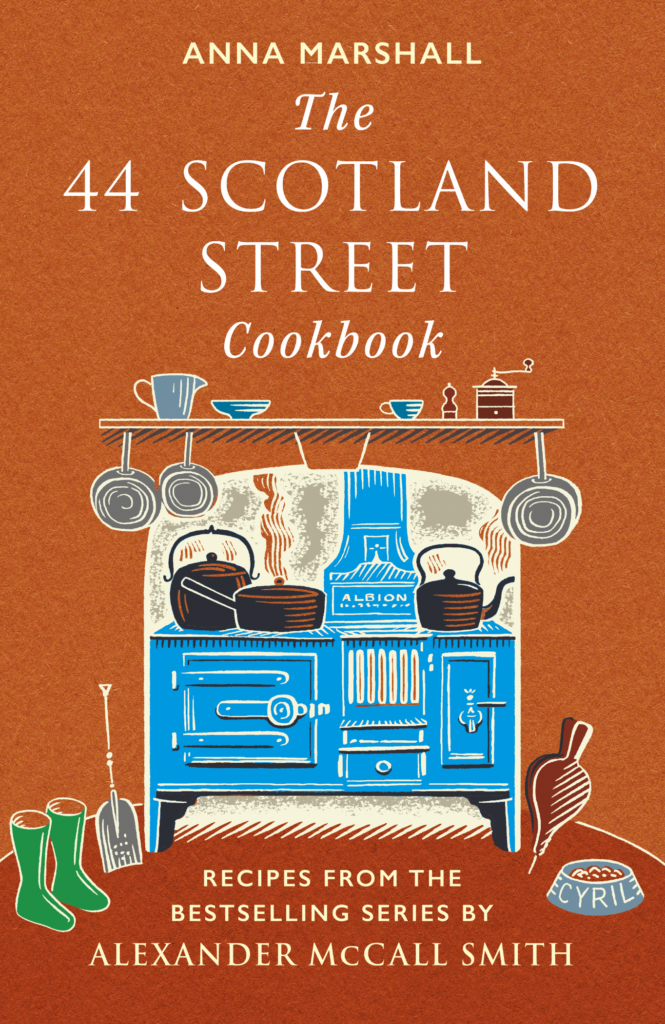
October 2023
When I wrote the opening chapter of the first 44 Scotland Street novel, I had no idea how the book was going to develop or how long it would turn out to be. I had responded to an invitation from the then editor of The Scotsman, Iain Martin, to write a serial novel for daily publication in his newspaper. The idea had appealed – the serial publication of fiction had a long and interesting pedigree, as it was the way in which many nineteenth century novels were introduced to their public. I decided to set the story in Scotland Street, a real street in the Georgian New Town of Edinburgh. But that was the extent of the advance planning; the rest of the project was, at that stage, rather vague.
I certainly had not imagined that I would end up writing one of these books every year, and that the characters who populated the series would become almost as familiar to me as my friends and neighbours are in real life. I did not think that the world of Scotland Street would spawn something of a community in which we, writer and readers, all became members. And, in particular, I would never have guessed that years later my friend and colleague, Anna Marshall, would sit down and write a highly entertaining cookbook featuring the dishes mentioned in the sixteen novels that now make up the Scotland Street series. One can, it seems, be so wrong about so many things.
In the Scotland Street series there are numerous scenes in involving conversations around the table, in the kitchen, or in a café. These episodes are important, because one of the underlying themes of the books is the friendship that exists between the people whose lives are depicted here.
Friendship and food go well together: sharing a meal binds us to one another as we experience the pleasures of the table. For a novelist, though, linking food to character helps to make the people in the story seem more real. In selecting recipes connected with the individual characters in the Scotland Street series, Anna has succeeded in reminding us what each of these are like. And if the reader has a favourite, then being able to cook a dish associated with that person serves: to strengthen a friendship.
Once Anna started to go through the books with a culinary eye, she surprised me by showing just how many references to food and cooking there are in these novels. And when she created recipes for the dishes mentioned in the pages of Scotland Street, I was further surprised to find out just how tasty are some of the dishes we encounter. The first of her creations I sampled was her Panforte di Siena, a treat much appreciated by young Bertie. He bought his panforte in Valvona & Crolla, the delicatessen I often use as a setting for a Scotland Street scene. If you live in Edinburgh or happen to visit the city, you can find this panforte in the real Valvona & Crolla where Bertie searched for it on shelves packed with Italian temptations. But even if you cannot do that, you will find that the recipe in this book will produce something every bit as delicious. And we have tried not only Bertie’s panforte, but several other offerings. Yet to be sampled is Bruce’s Prescription-Only Lobster Bisque, a dish I had rather forgotten about until I read the proofs of this current volume. I like the sound of it, which is why, I suppose, I invented it, although the actual recipe is not my doing at all. I hope that this work will strengthen the friendship that readers of the Scotland Street series have with the inhabitants of that address. I am most grateful to Anna for writing this cookbook. She has helped to make the world of Bertie, Big Lou, Domenica and all the others come to life. They are inviting you in. The table is laid. Please join them.
This piece is extracted from Alexander’s foreword to The 44 Scotland Street Cookbook: Recipes from the Bestselling Series by Anna Marshall, available from 5th October here.
